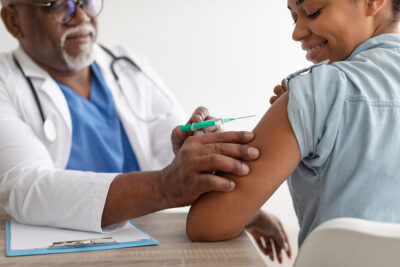A longitudinal, cross-sectional cohort study of 113,344 participants demonstrated that lack of health insurance, lack of stable employment, and lower income were significantly associated with decreased human papillomavirus vaccination uptake in women aged 18-47 years residing in the United States.

ABSTRACT & COMMENTARY
HPV Vaccination Disparities Among Adult Women in the United States
December 1, 2024
